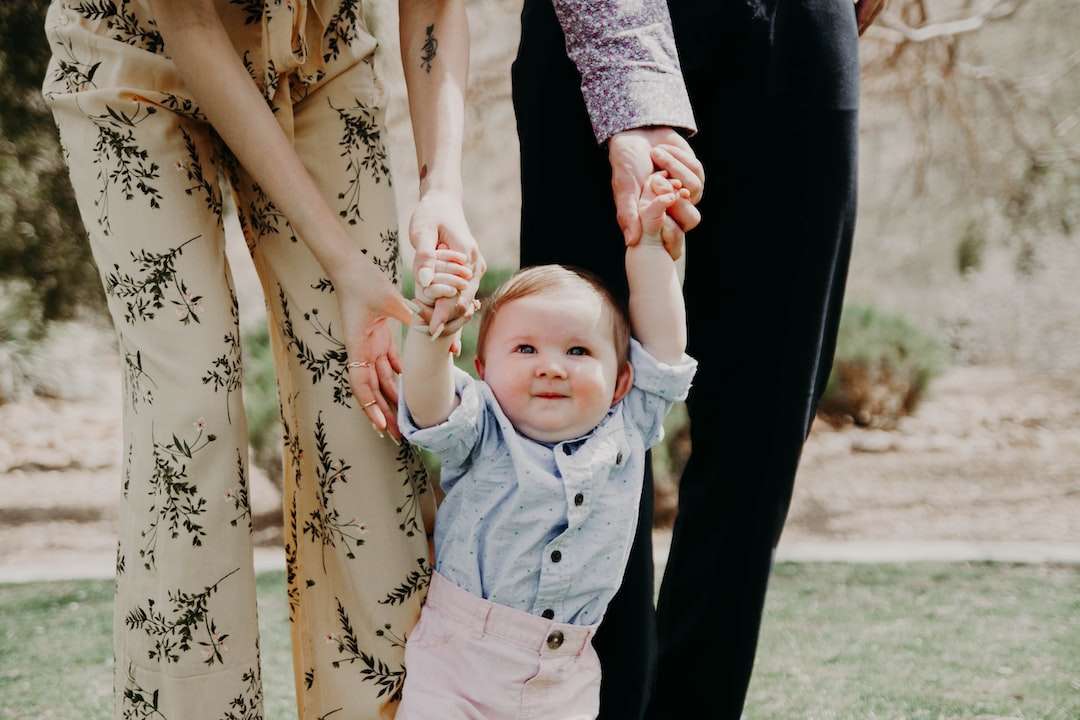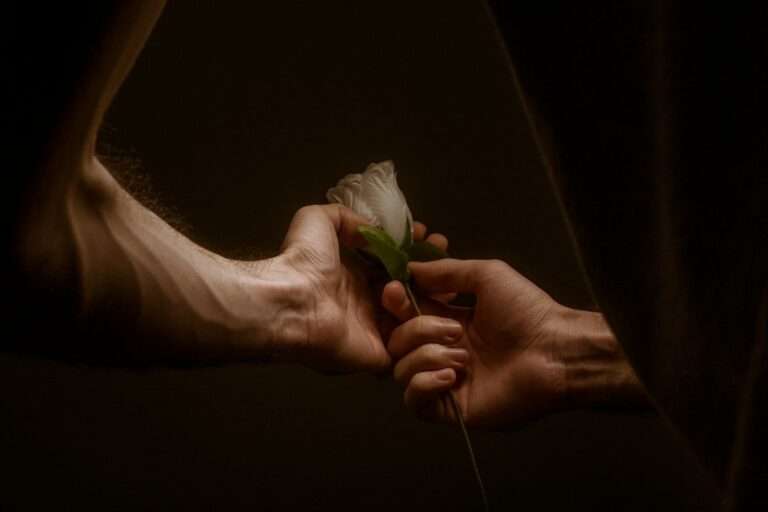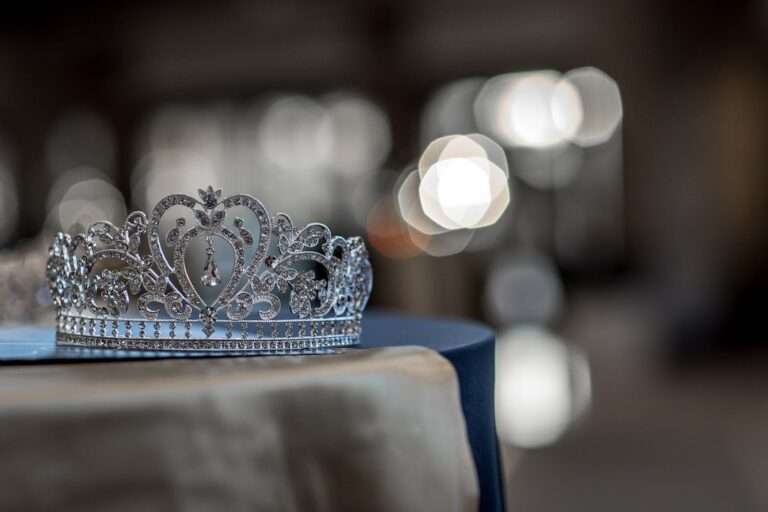Exploring the Deeper Meanings: Symbolism of The Mother in Literature and Beyond

Archetypes are universal symbols or patterns that exist in the collective unconscious of all human beings. They are deeply ingrained in our psyche and play a significant role in shaping our thoughts, emotions, and behaviors. Archetypes have been studied extensively in the field of psychology, particularly by Swiss psychiatrist Carl Jung, who believed that they represent fundamental aspects of the human experience.
One of the most powerful and universal archetypes is the Mother Archetype. The Mother Archetype represents nurturing, protection, and unconditional love. It is a symbol that transcends cultural boundaries and is present in various forms across different societies and belief systems. The Mother Archetype is deeply rooted in our collective unconscious and has a profound impact on our psychology and culture.
Key Takeaways
- Archetypal symbols have a powerful impact on human psychology and culture.
- The Mother archetype is a universal symbol of nurturing, protection, wisdom, and guidance.
- Literature, mythology, religion, psychology, art, film, and popular culture all feature the Mother archetype in various forms.
- The Dark Side of the Mother archetype can manifest as overbearing control, manipulation, and even violence.
- The enduring significance of the Mother archetype reflects our deep-seated need for maternal love, support, and guidance.
The Mother Archetype: A Brief Overview
The Mother Archetype is characterized by qualities such as nurturing, compassion, and unconditional love. It represents the idealized image of a mother figure who provides care, support, and guidance to her children. The Mother Archetype is not limited to biological mothers; it can also manifest in other forms such as mother figures, mentors, or even in the relationship between individuals and their homeland.
The Mother Archetype is not exclusive to women; it is present in both men and women. Men can embody the nurturing and protective qualities associated with the Mother Archetype, just as women can embody the assertive and authoritative qualities associated with the Father Archetype. The Mother Archetype represents a fundamental aspect of human nature that transcends gender roles and stereotypes.
The Mother as Nurturer and Protector in Literature
Literature often portrays the Mother Archetype as a nurturing and protective figure. In many stories, the mother character provides comfort and safety to the protagonist, offering a sense of stability and security. For example, in J.K. Rowling’s Harry Potter series, Harry’s mother Lily sacrifices herself to protect him from the evil Lord Voldemort. Her love and sacrifice create a powerful protective charm that saves Harry’s life multiple times throughout the series.
In Harper Lee’s To Kill a Mockingbird, Atticus Finch serves as both a father and mother figure to his children, Scout and Jem. He nurtures them with love, wisdom, and guidance, teaching them important life lessons and protecting them from the harsh realities of the world. The Mother Archetype in literature serves as a source of comfort, support, and unconditional love, providing characters with a sense of belonging and security.
The Mother as a Source of Wisdom and Guidance
| Mother’s Name | Age | Education Level | Occupation | Number of Children | Number of Grandchildren |
|---|---|---|---|---|---|
| Mary | 55 | Bachelor’s Degree | Teacher | 2 | 3 |
| Susan | 62 | High School Diploma | Stay-at-home Mom | 4 | 7 |
| Elizabeth | 48 | Master’s Degree | CEO | 1 | 0 |
| Anna | 70 | Associate’s Degree | Retired | 3 | 5 |
The Mother Archetype is not only portrayed as a nurturing figure but also as a source of wisdom and guidance. In many literary works, the mother character possesses deep insight and knowledge, offering guidance and direction to the protagonist. For example, in William Shakespeare’s Hamlet, Hamlet’s mother Gertrude serves as a confidante and advisor, providing him with counsel during his moments of doubt and confusion.
In J.R.R. Tolkien’s The Lord of the Rings trilogy, Galadriel embodies the Mother Archetype as a wise and guiding figure. She possesses great wisdom and foresight, offering guidance to Frodo and his companions on their quest to destroy the One Ring. The Mother Archetype in literature represents not only nurturing and protection but also wisdom and guidance, providing characters with the tools they need to navigate through life’s challenges.
The Dark Side of the Mother Archetype: Examples in Literature
While the Mother Archetype is often portrayed in a positive light, there are also instances in literature where it is depicted in a negative or destructive manner. In these works, the Mother Archetype can be a source of fear or danger to the protagonist. For example, in Stephen King’s novel Carrie, Carrie’s mother Margaret is an oppressive and abusive figure who uses religion to control and manipulate her daughter.
In Nathaniel Hawthorne’s The Scarlet Letter, Hester Prynne’s daughter Pearl is portrayed as a symbol of sin and shame. Hester’s motherhood is seen as a burden and a source of societal judgment. These examples highlight the complexity of the Mother Archetype and its potential for both nurturing and destructive qualities. The Mother Archetype in literature reflects the multifaceted nature of motherhood and the human experience.
The Mother Archetype in Mythology and Religion

The Mother Archetype is not limited to literature; it is also present in mythology and religion. In various cultures and belief systems, there are mythological and religious figures that embody the Mother Archetype. For example, in Greek mythology, Demeter is the goddess of agriculture and fertility, representing the nurturing and life-giving aspects of motherhood.
In Christianity, the Virgin Mary is often depicted as the ultimate embodiment of the Mother Archetype. She is revered as the mother of Jesus Christ, embodying qualities such as compassion, love, and sacrifice. The Mother Archetype in mythology and religion represents the divine feminine, symbolizing creation, nurturing, and protection.
The Mother Archetype in Psychology: The Collective Unconscious
Carl Jung’s concept of the collective unconscious provides insight into the significance of the Mother Archetype in human psychology. According to Jung, the collective unconscious is a reservoir of shared experiences, symbols, and archetypes that are inherited from our ancestors. It is a part of our psyche that is beyond individual consciousness but influences our thoughts, emotions, and behaviors.
The Mother Archetype is a universal symbol that exists in the collective unconscious of all human beings. It represents fundamental aspects of human nature such as nurturing, protection, and unconditional love. The Mother Archetype transcends individual experiences and cultural boundaries, reflecting our shared human experience. Understanding and exploring archetypes such as the Mother Archetype can provide valuable insights into our own psychology and the world around us.
The Mother Archetype in Art and Film
The Mother Archetype is not only present in literature, mythology, and religion but also in art and film. Artists and filmmakers often use visual representations to convey the qualities and symbolism associated with the Mother Archetype. For example, Leonardo da Vinci’s painting “Madonna and Child” depicts the Virgin Mary holding baby Jesus, representing the nurturing and protective qualities of motherhood.
In film, the Mother Archetype is often portrayed through characters who embody nurturing and protective qualities. For example, in Disney’s animated film “Mulan,” Mulan’s mother Fa Li provides emotional support and encouragement to Mulan as she disguises herself as a man to fight in the army. The Mother Archetype in art and film allows viewers to connect with the universal themes of love, protection, and guidance.
The Mother Archetype in Popular Culture: From Disney to Beyoncé
The Mother Archetype is not limited to traditional forms of art; it is also present in popular culture. From Disney princesses to Beyoncé’s music, the Mother Archetype is adapted and reinterpreted in contemporary media. For example, Disney films often feature mother figures who provide love, support, and guidance to the protagonist, such as Cinderella’s Fairy Godmother or Ariel’s father King Triton.
In her music and performances, Beyoncé often portrays herself as a strong and nurturing figure, celebrating the power of motherhood. Her song “Run the World (Girls)” empowers women by highlighting their strength and resilience. The Mother Archetype in popular culture reflects society’s ongoing fascination with motherhood and its enduring significance in our lives.
The Enduring Significance of the Mother Archetype
The Mother Archetype is a powerful and enduring symbol that is deeply ingrained in human culture and psychology. It represents nurturing, protection, wisdom, and guidance, providing comfort and support to individuals across different societies and belief systems. The Mother Archetype is present in literature, mythology, religion, art, film, and popular culture, reflecting its universal appeal and significance.
Understanding and exploring archetypes such as the Mother Archetype can provide valuable insights into our own psychology and the world around us. By recognizing the presence of archetypal symbols in our lives, we can gain a deeper understanding of ourselves and others. The Mother Archetype reminds us of the importance of love, compassion, and nurturing in our relationships and the impact they have on our well-being.
In conclusion, the Mother Archetype is a powerful symbol that transcends cultural boundaries and has a profound impact on human psychology and culture. It represents nurturing, protection, wisdom, and guidance, providing comfort and support to individuals across different societies and belief systems. The Mother Archetype is present in literature, mythology, religion, art, film, and popular culture, reflecting its universal appeal and enduring significance. By understanding and exploring archetypes such as the Mother Archetype, we can gain a deeper understanding of ourselves and others, and cultivate a greater sense of compassion and empathy in our lives.
If you’re interested in exploring more symbolism, you might want to check out this fascinating article on the symbolism of the sun. The sun has long been a powerful symbol in various cultures and religions, representing life, warmth, and enlightenment. Discover the deeper meanings behind this celestial body and how it has influenced human beliefs and practices throughout history. To learn more, click here.
FAQs
What is Symbolism?
Symbolism is a literary and artistic movement that emerged in the late 19th century in France. It is characterized by the use of symbols to represent ideas and emotions.
What is The Mother?
The Mother is a poem written by Gwendolyn Brooks. It was first published in 1945 and is considered one of her most famous works.
What is the poem The Mother about?
The poem The Mother is about a woman who has had multiple abortions and is reflecting on the children she could have had. It explores themes of loss, regret, and the complexities of motherhood.
What is the significance of the title The Mother?
The title The Mother is significant because it highlights the central theme of the poem, which is motherhood. It also suggests that the speaker is grappling with what it means to be a mother and the responsibilities that come with it.
What is the symbolism in The Mother?
The Mother makes use of several symbols, including the image of a “womb” to represent the potential for life, and the “children” that the speaker could have had to represent the loss and regret she feels. The poem also uses the symbol of “silence” to represent the speaker’s inability to express her emotions fully.
What is the message of The Mother?
The message of The Mother is complex and open to interpretation. Some readers see the poem as a critique of a society that does not provide adequate support for mothers, while others see it as a meditation on the difficult choices that women face when it comes to motherhood. Ultimately, the poem encourages readers to reflect on the complexities of motherhood and the importance of empathy and understanding.





